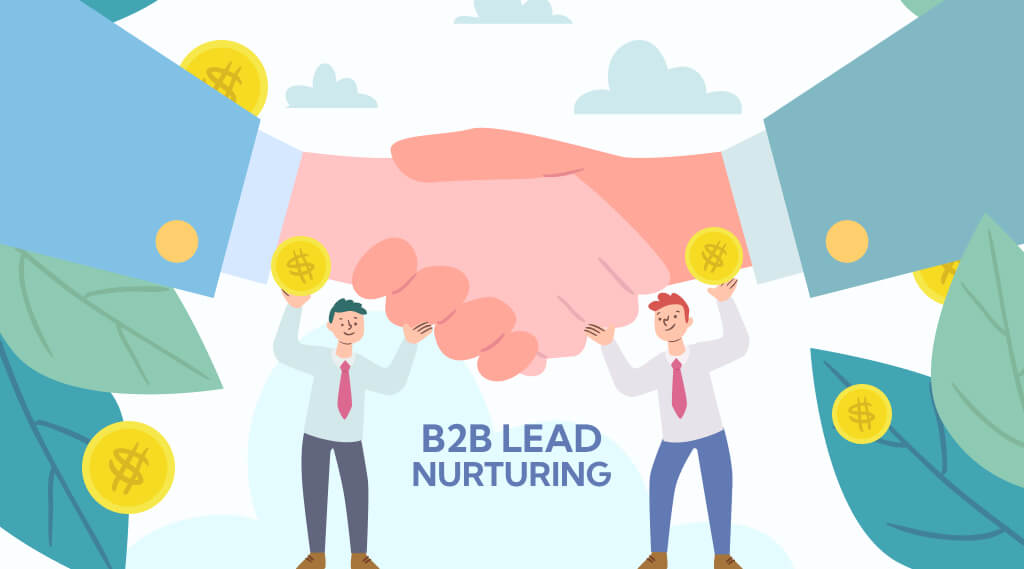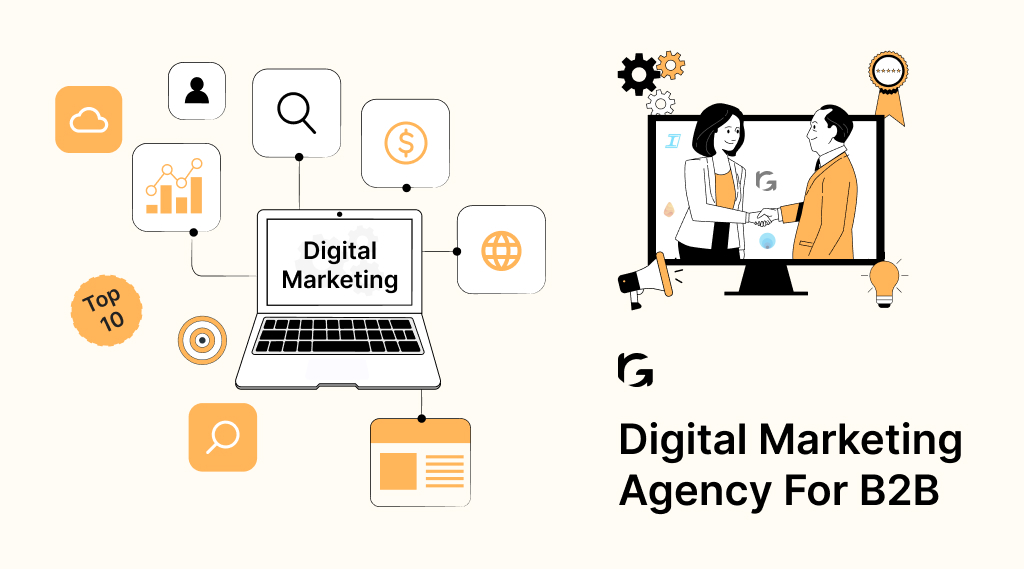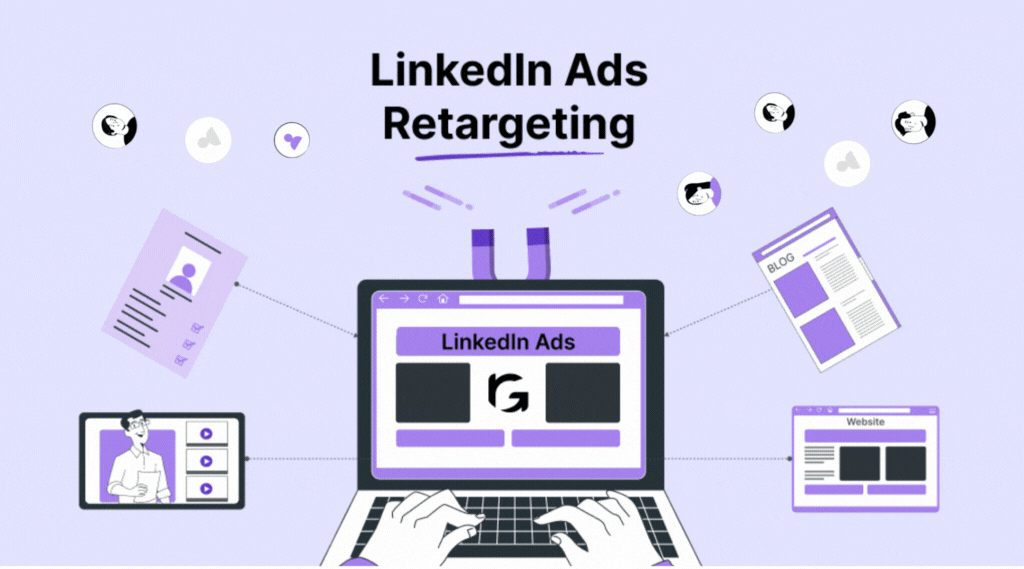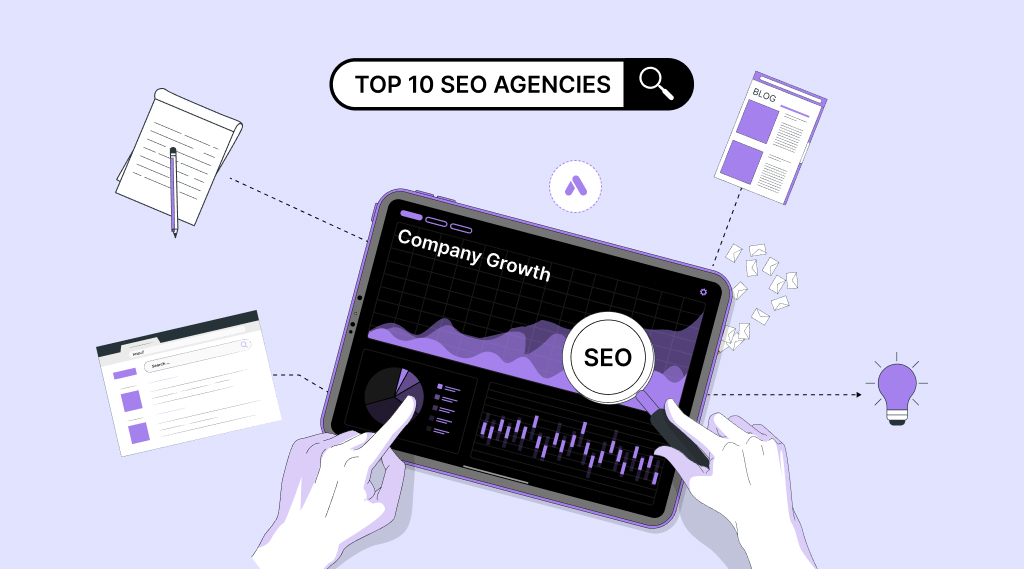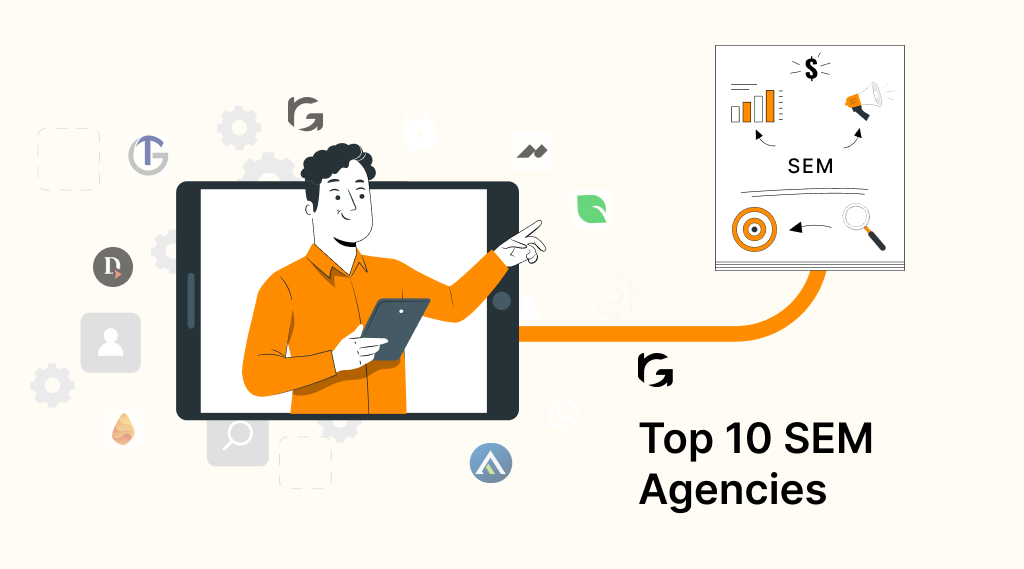Ever wondered how some b2b companies seem to effortlessly attract and convert leads into loyal customers? This happens by becoming proficient in B2B lead nurturing. Read through this guide as we discuss in detail lead nurturing, its importance, and the best strategies to try in the real world for excellent sales results.
What is lead nurturing?
Lead nurturing is a critical aspect of modern marketing strategies. It involves fostering relationships with potential customers throughout their buying journey. By providing relevant and valuable information, businesses can guide leads toward making a purchase decision. This process typically involves personalized emails, targeted content, and timely follow-ups.
Lead nurturing is particularly crucial in industries with complex sales cycles, such as B2B and high-value consumer products, where the decision-making process is often protracted and involves multiple stakeholders.
Effective lead nurturing keeps your brand top-of-mind and increases the likelihood of converting leads into loyal customers. It’s akin to tending to a garden: consistent care and attention lead to healthy growth. Moreover, nurturing leads helps businesses maximize their marketing efforts by focusing on individuals who have already shown interest in their products or services.
What are lead-nurturing campaigns?
Lead nurturing campaigns are structured sequences of actions designed to engage and educate leads. These campaigns aim to move leads through the sales funnel by delivering valuable content at the right time.
Types of lead-nurturing campaigns
1. Email drip campaigns:
Sending a series of automated emails to leads over time, delivering relevant content, and nurturing relationships.
2. Social media engagement campaigns:
Interacting with leads on social platforms, sharing valuable content, and fostering connections.
3. Content personalization campaigns:
Tailoring content based on lead behavior and preferences to deliver a personalized experience.
4. Webinar and event campaigns:
Hosting online events or webinars to educate and engage leads, showcasing the value of the product or service.
5. Lead scoring and segmentation campaigns:
Assigning scores to leads based on their interactions and segmenting them for targeted nurturing.
6. Re-engagement campaigns:
Reaching out to dormant leads with compelling offers or content to reignite their interest.
Key elements of lead-nurturing campaigns
1. Targeted audience segmentation:
Divide leads into specific groups based on demographics, behaviors, or interests to tailor content effectively.
2. Personalized content:
Create content that resonates with the needs and pain points of each segment, enhancing engagement.
3. Multi-channel approach:
Reach leads through various channels, such as email, social media, and webinars, to maximize visibility.
4. Timely follow-ups:
Respond promptly to leads’ inquiries or actions to maintain momentum and keep them engaged.
5. Lead scoring:
Assign scores to leads based on their activities and engagement level to prioritize follow-up efforts.
6. Continuous optimization:
Regularly analyze campaign performance and make adjustments to improve effectiveness.
7. Alignment with the sales team:
Collaborate closely with the sales team to ensure a seamless transition of nurtured leads into the sales process.
7 Benefits of nurturing leads
1. Increased conversion rates: Nurtured leads have a higher likelihood of converting into customers. This is because personalized and timely interactions address their specific needs and concerns, guiding them smoothly through the buying journey.
2. Improved customer relationships: Nurturing leads goes beyond transactional interactions; it’s about building trust and rapport. By providing valuable information and support, SaaS companies can cultivate long-term loyalty and advocacy among customers.
3. Higher ROI: Effective lead nurturing maximizes the impact of marketing efforts and resources. By focusing on leads that are most likely to convert, SaaS companies can achieve a better return on investment from their marketing campaigns.
4. Shorter sales cycles: Engaged leads progress through the sales funnel more efficiently, resulting in shorter sales cycles. By providing the right information and support at each stage of the journey, SaaS companies can accelerate the path to purchase.
5. Enhanced brand reputation: Providing valuable content and assistance positions SaaS companies as trusted authorities in their industry. This not only attracts leads but also enhances the overall reputation and credibility of the brand.
6. Better sales and marketing alignment: Effective lead nurturing fosters collaboration between sales and marketing teams. By aligning their efforts and strategies, SaaS companies can ensure that leads are seamlessly transitioned from marketing to sales, resulting in smoother operations and increased efficiency.
7. Reduced churn rate: Nurturing leads ensures that customers are well-informed and satisfied with their purchase. This reduces the likelihood of churn, as satisfied customers are more likely to remain loyal and continue using the SaaS product or service.
12 Best strategies for lead nurturing
1. Create compelling content
Crafting informative and engaging content is essential for capturing the attention of your target audience.
Identify the pain points and challenges they face in their industry or with their current solutions. Develop content that addresses these issues head-on, offering valuable insights, practical tips, and actionable advice.
Addressing their concerns directly helps you establish credibility and trust, making them more receptive to your message and more likely to engage with your brand.
2. Segment your audience
Not all leads are created equal, and segmenting your audience allows you to tailor your approach to the specific needs and preferences of different groups.
Divide leads into distinct segments based on demographics, behaviors, or their stage in the buying journey. This enables you to deliver highly targeted and relevant content that resonates with each segment, increasing the likelihood of conversion.
Whether it’s industry-specific content for different verticals or personalized messaging for leads at different stages of the sales funnel, segmentation ensures that your efforts are laser-focused and effective.
3. Utilize marketing automation
Manual lead nurturing processes are time-consuming and inefficient. Implementing marketing automation tools streamlines these processes, allowing you to deliver personalized experiences at scale.
Automate email sequences, social media interactions, and other touchpoints in the customer journey to deliver timely and relevant content to your leads.
Leveraging automation allows you to nurture leads more effectively, freeing up time for your team to focus on high-value activities like strategy development and relationship-building.
4. Implement lead scoring
Lead scoring is a crucial component of effective lead nurturing, allowing you to prioritize follow-up actions based on the level of engagement exhibited by each lead.
Assign scores to leads based on their interactions with your content, website, and other touchpoints. Identify key indicators of interest, such as email opens, link clicks, and webinar attendance, and assign points accordingly. This helps you identify hot leads that are ready for immediate follow-up, as well as nurture warm leads with targeted content to move them further down the sales funnel.
5. Optimize email campaigns
Email remains one of the most powerful tools in the lead nurturing arsenal, but it’s only effective if your emails are opened, read, and acted upon.
Craft attention-grabbing subject lines that pique curiosity and entice recipients to open your emails. Personalize your content based on the recipient’s interests, preferences, and past interactions with your brand. Use dynamic content and segmentation to deliver highly relevant messages that resonate with each individual lead.
By optimizing your email campaigns in this way, you can increase open and click-through rates, driving engagement and, ultimately, conversions.
6. Leverage social media
Engaging leads on social platforms involves more than just broadcasting messages; it’s about fostering meaningful interactions. Share valuable content that addresses their pain points and encourages discussions.
Building relationships through authentic engagement helps to establish trust and credibility, ultimately driving leads closer to conversion.
7. Offer valuable resources
Providing free resources like ebooks, guides, or webinars is a powerful way to educate and empower leads.
SaaS companies position themselves as trusted advisors by addressing leads’ challenges and offering solutions. These resources not only demonstrate expertise but also help to build rapport and loyalty with leads, making them more likely to convert.
8. Nurture across multiple channels
To maximize impact, SaaS companies should reach leads through various channels, such as email, social media, webinars, and events.
Each channel offers unique opportunities for engagement, allowing companies to connect with leads in different ways and reinforce key messages. By diversifying their approach, companies can ensure that no opportunity is missed and that leads receive consistent, personalized communication.
9. Personalize interactions
Tailoring communication based on lead preferences, behaviors, and past interactions is essential for enhancing engagement.
SaaS companies can make leads feel valued and understood, by delivering personalized messages and offers. This level of customization not only increases the likelihood of conversion but also strengthens the relationship between the company and the lead.
10. Enable sales team collaboration
Aligning marketing and sales teams is crucial for ensuring a seamless lead handoff and follow-up process.
Fostering collaboration and communication between teams helps SaaS companies ensure that leads receive consistent messaging and support throughout their journey. This alignment not only improves efficiency but also enhances the overall customer experience.
11. Monitor and analyze results
Regularly tracking key metrics such as open rates, click-through rates, and conversion rates is essential for optimizing campaigns.
By analyzing results, SaaS companies can identify trends, pinpoint areas for improvement, and make data-driven decisions. This continuous monitoring ensures that campaigns remain effective and relevant, driving ongoing success.
12. Continuously improve
Adapting strategies based on insights gained from data analysis and feedback from leads is crucial for staying ahead in a competitive market.
Continuously refining and optimizing campaigns allows SaaS companies to remain agile and responsive to changing customer needs and preferences. This commitment to improvement ensures that lead nurturing efforts remain effective and impactful over time.
To wrap up
Effective lead nurturing is not just a strategy; it’s a necessity for SaaS companies striving to excel in today’s competitive markets.
Leveraging personalized interactions, targeted campaigns, and continuous optimization, SaaS companies can foster relationships with potential customers and guide them seamlessly through the buying journey. This not only leads to increased conversion rates and higher ROI but also builds trust, enhances brand reputation, and fosters long-term customer relationships.
Read our latest blog to dive into actionable insights and strategies for effective Bant Marketing implementation.
